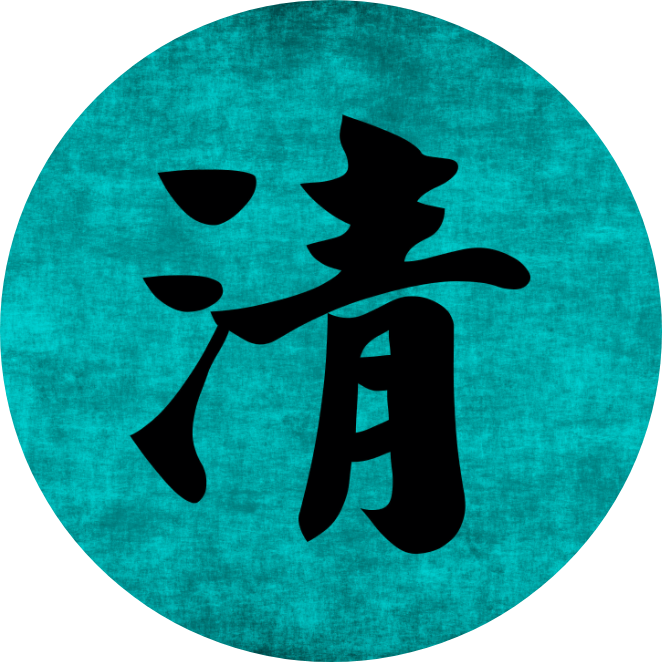Leading Ourselves Effectively in Global Health, Economic & Leadership Crises
Unprecedented levels of disruption, change, and information — that’s what businesses, governments, educational institutions, organizations, economies, nations, and people around the world are currently facing in this second decade of the twenty-first century…which is rife with global health, economic, and leadership crises.
Simultaneously, the vulnerable side of individuals’ personalities are exposed to numerous potential triggers, in the world today, including global economic stagnation, hyper-connectivity, divided attention, the Covid-19 Pandemic — and are continually barraged by other ‘buzzwords’ such as Industry 4.0 and the Future of Work.
This barrage of complex data and situations naturally challenges our mental models, mindsets, perspectives, and orientations — so much so, that our coping mechanisms have become defensive…we are increasingly choosing patterns such as retreating, rejecting, and retrenching.
There is a much more constructive alternative, however, to retreating, rejecting and retrenching — we can instead choose to reset, reframe, and recalibrate, defined as follows:
Reset: Electrical circuit breakers exist for the purpose of temporarily disrupting electrical current, to avoid electrical overload. Similarly, our brain has the capacity and neural circuitry necessary to enable us to mentally reconsider new data sets and reset our neural circuitry — from reactive to responsive.

Example: A global multinational client of ours engaged us to work with their emerging, high-potential leaders in Shenzhen, China, to encourage and reinforce a mindset shift based upon Deliberate Practice, to increase their self-confidence when communicating with their European and American colleagues and peers. We utilized “The Seven Principles of Deliberate Practice,” (included in the book, Peak-Secrets From the New Science of Expertise by Anders Ericcson — also made available in Mandarin) which reinforced a subtle, effective shift in the minds of the emerging and high-potential Chinese candidates, while also fortifying their confidence when speaking and presenting in the English language through deliberate and responsive actions that counteracted their reactivity.
Reframe: Cameras enable us to select from multiple frames or perspectives within which we position our images to create photographs. Our selection of mental models or frames cannot remain static as we experience disruptions. We have the option of selecting new mental models or frames which enables us to categorize and understand/process information in a meaningful manner, and ultimately decide upon an informed response.

Example: Our professional colleague and former National Geographic Photographer, DeWitt Jones, reminds us that he intentionally changes the direction of his orientation during his photography, by turning himself around 180 or 360 degrees, in order to see and capture the optimal views of the subject of photography. We help leaders leverage the many choices available in both perceiving a situation (through multiple lenses) and taking action.
Recalibrate: Medical instruments such as thermometers, blood pressure gauges, and engineering instruments enable us to measure precisely against an average standard with respect to things like temperature, blood pressure, or lung capacity. These medical and engineering instruments must constantly be calibrated to ensure accuracy and objective reality. So, too, must we calibrate our mindsets to ensure we have the capability of accurate understanding and measured response to disruption and change.

Example: Our global team and workgroup clients often forget that people must first learn how to function effectively in teams and workgroups before placing this learning into practice. This is even more important if the team or workgroup is geographically dispersed and using telepresence technologies to communicate with each other. We introduce a team or workgroup roles and personalities assessment, benchmarking team/workgroup effectiveness, against an evidence-based model with valid and reliable global norms, to correctly calibrate the operating models of these teams so they work together most effectively.
Understanding How to Reset, Reframe, and Recalibrate in Times of Disruption
Do you truly understand how you behave under high stress, pressure, and duress — especially during global health, economic and leadership crises? Do you realize how any of eleven (11) specific characteristics and strengths, when exaggerated, become counterproductive and often derail your inter-personal effectiveness with others?
Our Asia-Pacific & European Alliance of Leadership Facilitators and Global Executive Coaches is ready to assist you with the insights needed to effectively reset, reframe, and recalibrate during times of crisis . We are offering two options for complimentary 30-minute coaching conversations via telepresence technologies:
Option A – If you have a Hogan Development Survey (HDS Report), we will review and debrief your HDS report with you and provide coaching to the moderate and high risk scales within the HDS.
Option B – We will review the Reset, Reframe & Recalibrate model and examples within this post — and discuss the relevance of the model to your individual challenges.
Options A and B include a complimentary copy of the article, “Greatest Strengths Become Greatest Weaknesses” from Hogan Assessments — The International Gold Standard of Personality Assessments.
To confirm a complimentary thirty (30) minute Reset | Reframe | Recalibrate coaching conversation via telepresence technologies, please email Kevin.Asbjornson@InspireImagineInnovate.com in Singapore.
Reinforcing our persistence and building our resilience is an essential responsibility of everyone in the global workforce today, including entrepreneurs, employees, managers and leaders.
Asia Pacific and European Alliance of Leadership on LinkedIn

